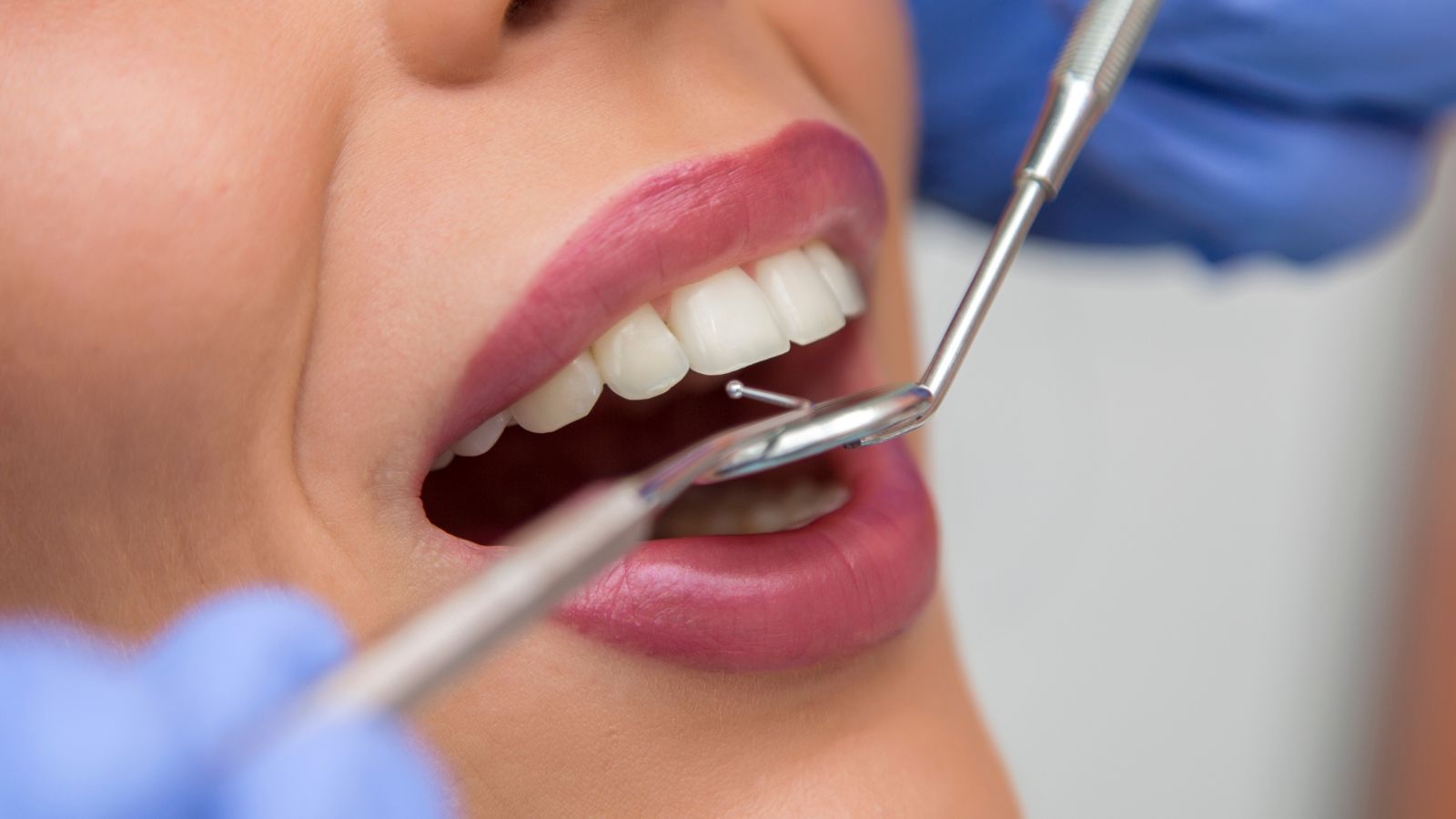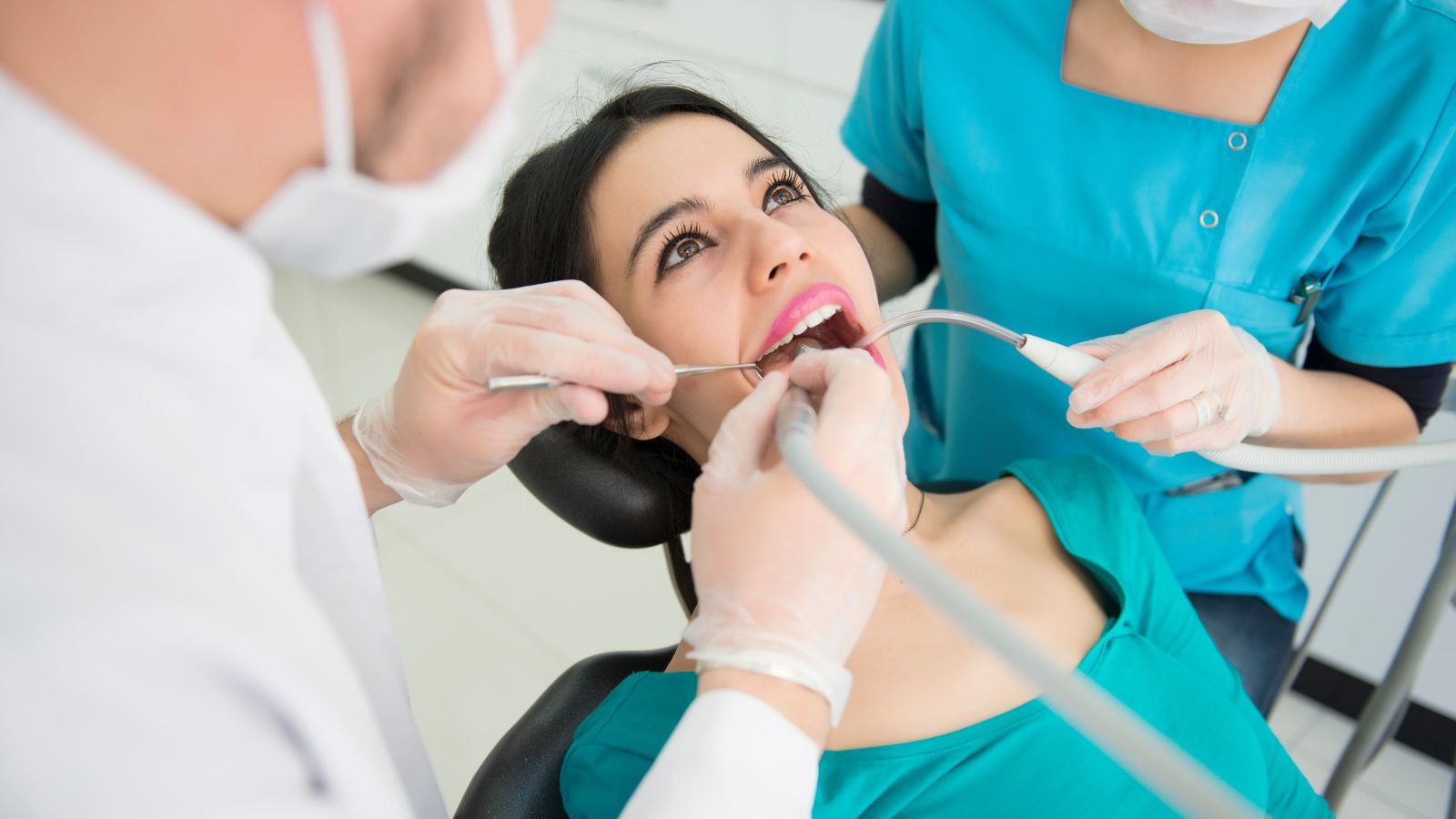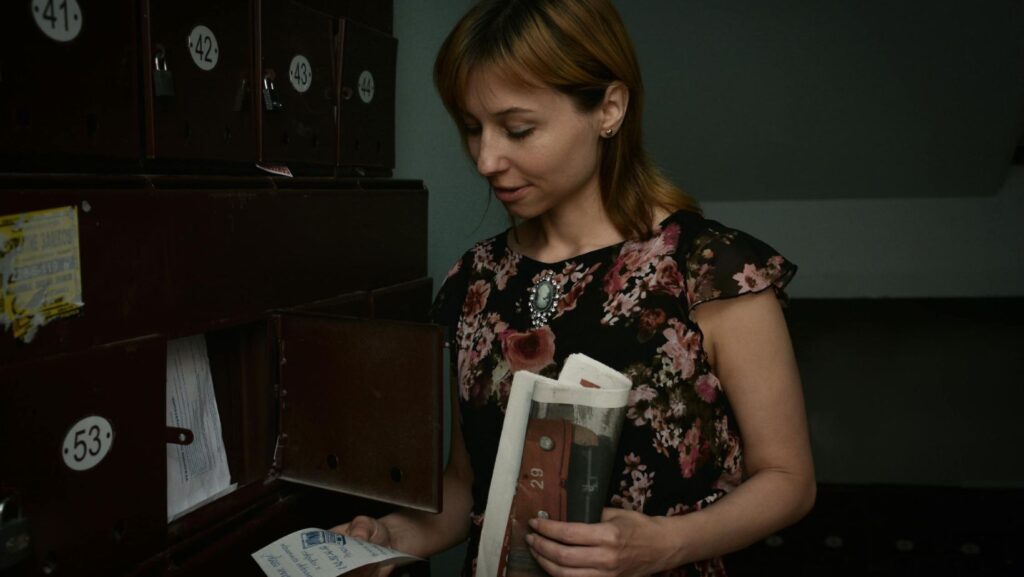Are you curious about how dental appointments will change in future years?
New technologies and treatment methods are transforming oral healthcare through rapid evolution in the dental industry. These medical developments improve treatment results while simultaneously making dental visits quicker and more comfortable and less scary for patients.
Here’s the exciting part:
Many of these groundbreaking changes are already happening in progressive dental practices across Australia, including at your local dentist in Surrey Hills Melbourne, where cutting-edge techniques are becoming the new standard of care.
This article explains the most impactful innovations transforming dental care services and what patients should anticipate during upcoming dental visits.
Key Takeaways:
- How Digital Dentistry is Revolutionizing Treatment
- Preventative Technologies Changing Dental Care
- Accessibility Innovations in Dental Services
- How AI and Robotics are Transforming Dental Care
- Sustainability in Modern Dental Practices

How Digital Dentistry Is Revolutionizing Treatment
Digital dentistry is transforming patient experiences through changes that many people don’t even notice.
Do you recall those messy dental impressions which made you feel nauseous? The use of digital scanning technology has eliminated uncomfortable dental impressions from numerous contemporary dental practices. These precise intraoral scanners generate exact 3D tooth models quickly while removing the need for conventional messy dental impressions.
But that’s just the beginning…
These digital technologies represent a transformative advance because they lead to better treatment results for patients. Dentists can use digital scanning and 3D printing to create accurate dental models.
- Dental professionals can now design and fit crowns and bridges perfectly during one appointment
- Introduce dental implant procedures that use highly accurate surgical guides for optimal placement.
- Produce invisible aligners with incredible accuracy
- Detect problems earlier through enhanced imaging

Traditional dental practices required patients to attend multiple office visits spread out over a period of weeks to receive a single crown. Your dentist now uses CAD/CAM technology to scan your tooth and create your crown on a computer before milling it instantly in the office while you wait.
The innovative method decreases your time commitment while minimizing discomfort and delivering a superior fit accuracy.
Preventative Technologies Changing Dental Care
It would be remarkable to stop dental issues before they begin.
Future dental care will focus on advanced preventative methods instead of waiting to treat existing dental problems. Australian dental health statistics show that 52% of Australians saw a dental professional during the past year though the visits would have greater impact if they focused on prevention instead of treatment.
The newest preventative technologies include:
- Advanced technologies incorporate AI-driven risk assessment tools designed to forecast potential dental issues.
- Modern remineralization treatments restore enamel and prevent cavity formation from developing.
- Modern diagnostic equipment identifies tooth decay earlier than previous technologies ever did.
- Preventative care plans which are tailored according to individual genetic profiles.
The development of smart toothbrushes that connect to your smartphone represents one of the most exhilarating advancements in prevention technology. Smart toothbrush devices monitor your brushing patterns and deliver immediate feedback while generating comprehensive dental reports for your dentist to analyze potential problems.
The introduction of these preventative technologies aligns perfectly with Australia’s goals to enhance oral health by 2025 through better tooth brushing habits and reduced sugar consumption.
Accessibility Innovations In Dental Services
Approximately one-sixth (18%) of Australians reported postponing dental visits or not seeking professional dental care because of financial constraints.
This concerning statistic shows accessibility as one of the main barriers faced by dental care services. A range of innovations are successfully tackling this issue while increasing everyone’s access to quality dental care.
The practice of delivering dental care through digital technologies from remote locations has become a pivotal solution for improving access to dental services. Video consultations allow patients to receive initial diagnoses and professional advice while enabling them to follow their treatment progress without office visits and access specialist consultations from anywhere.
The creation of minimally invasive techniques represents a significant advancement in accessibility since these methods help to reduce treatment expenses. The use of these techniques helps maintain natural tooth structures and decreases the necessity for costly restorations while also frequently removing the need for anesthesia to lower overall costs.
The industry of dental services in Australia is expected to grow to $13.0 billion by 2025 because technological innovations will make dental care more available to ordinary Australians.
How AI And Robotics Are Transforming Dental Care
The fields of artificial intelligence and robotics may seem fictional but their substantial effects are evident across dental practices worldwide.
Artificial Intelligence systems are transforming dental diagnostics through precise analyses of dental imaging. Advanced systems recognize dental problems that would typically go unnoticed by human practitioners such as early-stage tooth decay and minor gum disease symptoms along with potential cancerous lesions and tiny fractures in teeth or dental repairs.
Research shows AI diagnostic systems can identify cavities with more than 95% accuracy which typically surpasses the performance of experienced dentists.

The most significant transformation in dental practice currently occurs through the integration of robotics in surgical procedures. The use of robotic assistance systems in dental implant placement procedures provides submillimeter accuracy in drilling and placement while minimizing invasiveness and patient pain and speeding up recovery time.
The function of these robotic systems is to augment dental professionals’ abilities without substituting their roles. Dental professionals use these advanced tools to achieve superhuman precision in performing procedures.
The statistics show the potential impact: Since just 10% of Australians receive public dental care access improvements in private dental care efficiency and effectiveness will be essential to better national oral health outcomes.
Sustainability In Modern Dental Practices
Traditional dental methods create substantial environmental impacts through their use of single-use plastics and high levels of water and energy consumption. The dental industry is undergoing rapid transformation as sustainability becomes a central focus.
Contemporary sustainable dental practices utilize digital workflows to reduce waste alongside biodegradable product alternatives, water-saving systems and energy-efficient equipment.
These sustainable practices protect the environment and frequently improve operational efficiency which helps lower costs thereby making dental care more accessible to patients.
Digital X-rays achieve dual benefits by eliminating chemical processing required for conventional X-ray films and reducing patient radiation exposure.
What This Means For Your Future Dental Visits
The dental care field experiences rapid progress with more groundbreaking advancements yet to come. The future of dental care will deliver unparalleled comfort and effectiveness through digital workflows and AI diagnostics while integrating preventative technologies along with sustainable practices to ensure greater accessibility.
Remember those statistics we mentioned? Australia’s dental services market is expected to grow to $13.0 billion by 2025 which along with national oral health improvement goals sets the stage for a substantial industry transformation.
Dental care’s future aims to prevent problems before they occur while improving accessibility for patients and using technology to enhance outcomes with minimal discomfort.
You can expect your dental visit to become more advanced and comfortable while showing increased efficiency through enhanced technology. The future of dental care has arrived and it brings reasons to smile to patients.
The Bottom Line
The developments transforming dental care services are producing improved treatments and simultaneously changing our entire understanding of dental visits. Patient-focused dental care reaches new heights with digital workflows that remove the need for unpleasant impressions and AI systems that identify issues before they turn into pain.
The spread of these new technologies will make dental visits quicker while providing more comfort and enhanced effectiveness. The main advantage of these accessibility innovations is that they allow more Australians to obtain necessary dental care without encountering major obstacles.
Your smile will shine brightly alongside the promising future of dental care.



